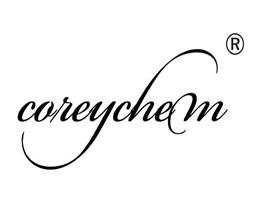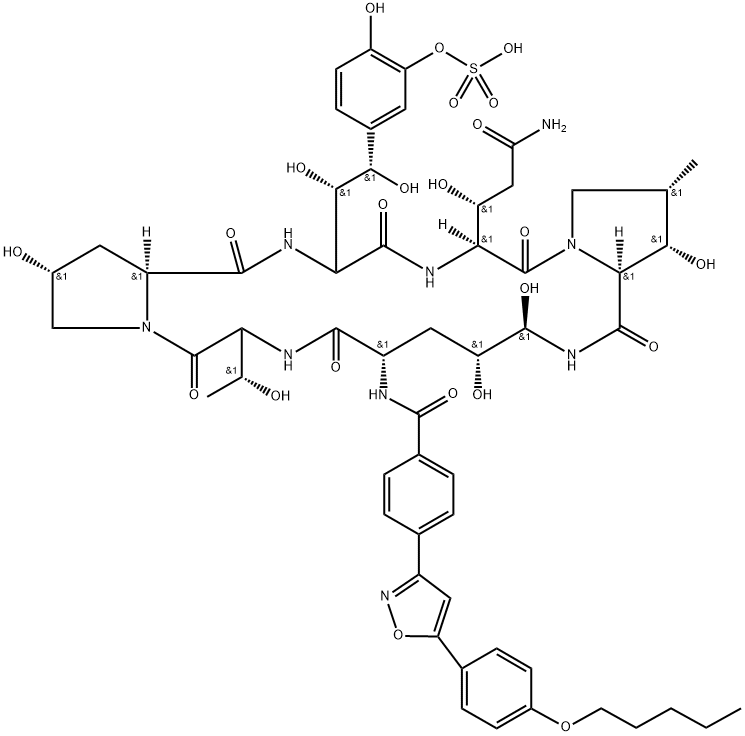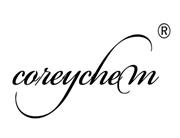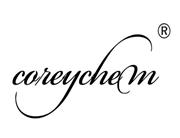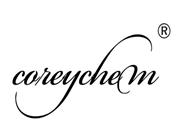| Description |
Micafungin (trade name Mycamine) is a kind of echinocandin antifungal drug. Its mechanism of action is through inhibiting the synthesis of beta-1, 3-glucan, which is an essential component of fungal cell walls, but not presented in mammalian cells. It works through inhibiting the beta-1,3-D glucan synthase. It can be used for the treatment of candidemia, acute disseminated candidiasis, candida peritonitis, abscesses and esophageal candidiasis. It is fungicidal against some candida, but fungistatic against Apergillus. It is also used in combinations with many other drugs such as the HIV protease inhibitor ritonavir as well as the transplant medications cyclosporine and tacrolimus. |
| References |
https://www.drugbank.ca/drugs/DB01141
https://en.wikipedia.org/wiki/Micafungin |
| Uses |
An echinocandin antifungal drug which inhibits the synthesis of 1,3-β-D-glucan, an essential component of the fungal cell wall, and represent a valuable treatment option for fungal infections. |
| Uses |
Micafungin is a semi-synthetic cyclic lipopeptide belonging to the echinocandin class that was reported in 1999 from Fujisawa in Japan. Unlike other marketed semi-synthetic derivatives in this class, micafungin is not derived from echinocandin but rather from FR901379 which contains a phenolic sulphate to enhance aqueous solubility, a serious limitation in the class. Micafungin inhibits the synthesis of β-(1,3)-D-glucan, an essential component of the cell wall of susceptible fungi and is extensively referenced in the literature with over 700 citations. |
| Uses |
Micafungin is a semi-synthetic cyclic lipopeptide belonging to the echinocandin class that was reported in 1999 from Fujisawa in Japan. Unlike other marketed semi-synthetic derivatives in this class, micafungin is not derived from echinocandin but rather from FR901379 which contains a phenolic sulfate to enhance aqueous solubility, a serious limitation in the class. Micafungin inhibits the synthesis of β-(1,3)-D-glucan, an essential component of the cell wall of susceptible fungi and is extensively referenced in the literature with over 700 citations. |
| Definition |
ChEBI: A cyclic hexapeptide echinocandin antibiotic which exerts its effect by inhibiting the synthesis of 1,3-beta-D-glucan, an integral component of the fungal cell wall. It is used as the sodium salt for the treatment of invas ve candidiasis, and of aspergillosis in patients who are intolerant of other therapy. |

 China
China



